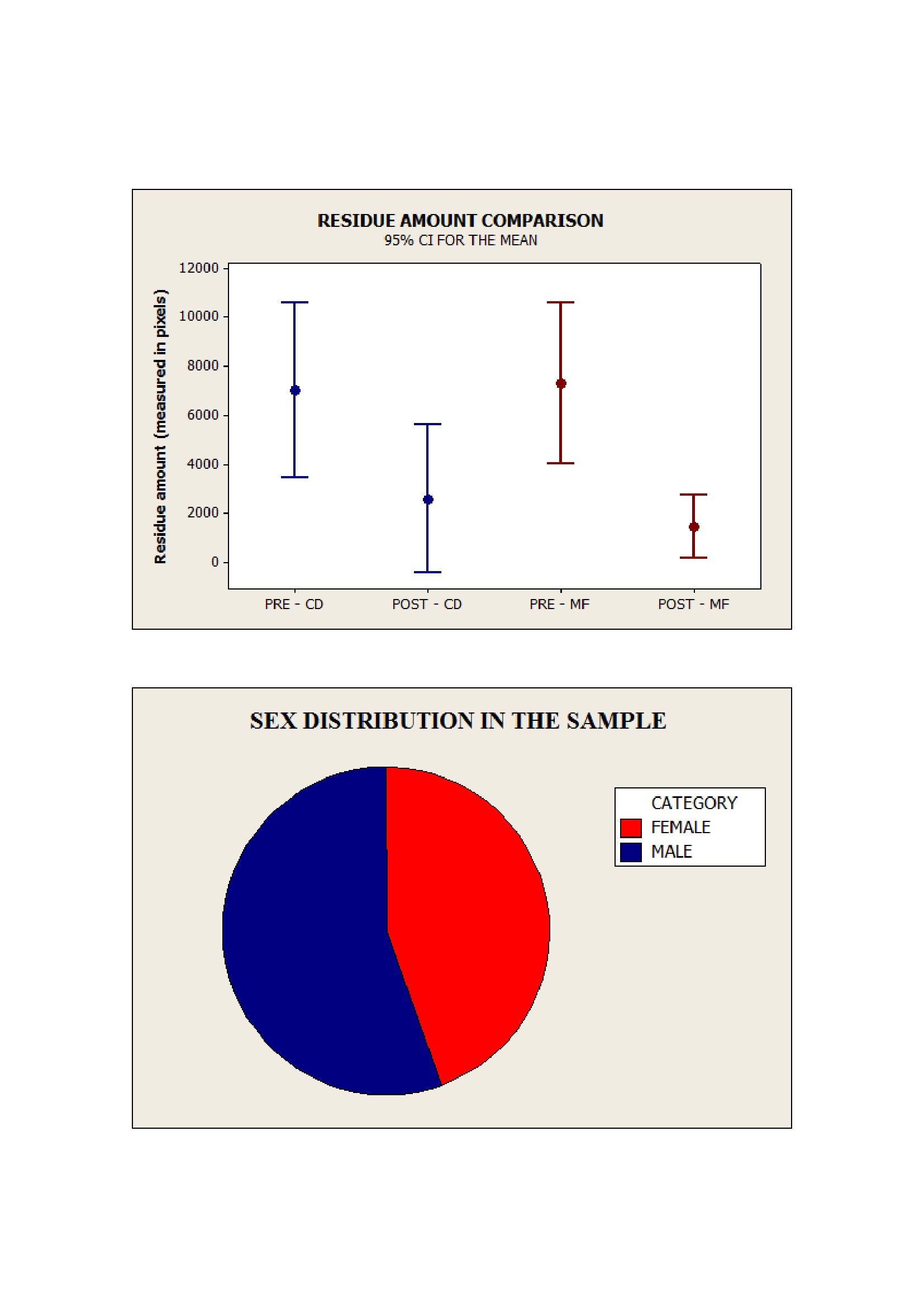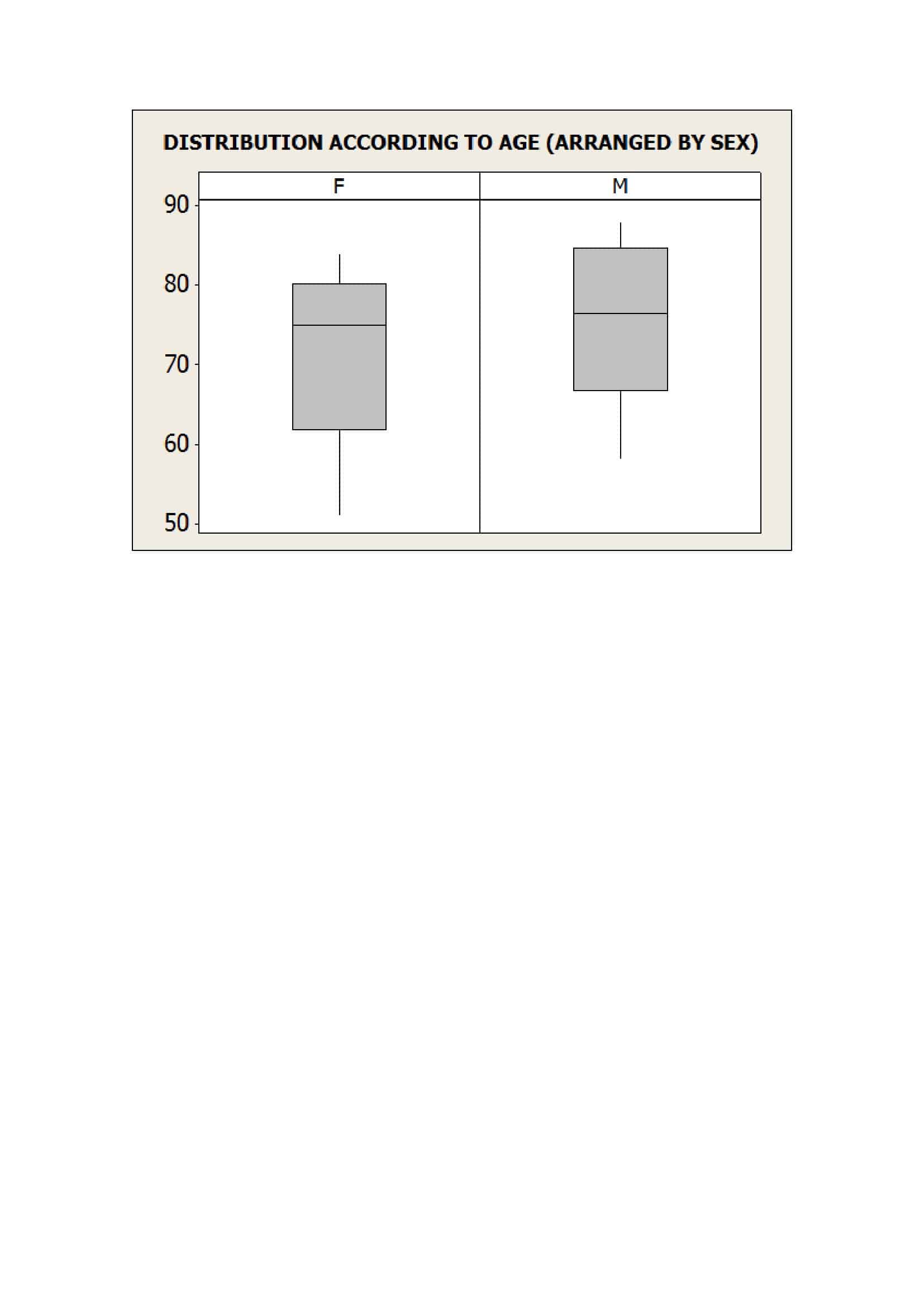Objective: We propose to see the effectiveness of a novel maneuver capable to eliminate the vallecula waste in patients with dysphagia.
Background: Neurogenic dysphagia is the main predictor for risk to aspiration. Rest of the that remains at the aerodigestive crossroads, mainly in vallecula and in piriformis sinuses, even in the laryngeal vestibule. One of the most widespread therapeutic strategies is to lower the chin or chin down (CD).
Method: Iinclusion criteria were wet voice and cough after food intake. 18 subjects were evaluated. Average age 73 years (SD: 11.2). 6 were women, 6 subjects had a diagnosis of cerebrovascular disease, 5 of Parkinson’s disease, 3 of Parkinsonian syndrome and 1 of brain-cranial trauma.
The Fadil maneuver (MF) consists in doing a fast and sweeping vibratory muscle slide on the anterior musculature of the neck, beginning in the clavicle and ending in the chin, performed with both hands.
The MF and the CD posture were applied to all. The amount of residue was observed by using a video endoscopy before and after each maneuver. To compared, we use a simple clinical scale, with 5 levels of residues, valued by the examiner, and by an analog scale designed from a two-dimensional map of the valecular space, and photographically as a control measure for the preceding scales.
Results: MF was effective in removing the 86.04% of the vallecula residues, against 77.03% achieved by the CD posture. The difference was more significant when the order of practicing the maneuvers was consider. Being effective a 63.23% when initially performing CD, and arrive to 96.22% CD after MF, while the MF was equally effective, regardless of the order of application (84.13% and 87.47%), with remarkadly statistical significance (p 0.01 for CD versus p 0.0019 for MF, in the Mann-Whitney range difference test).
Only 4 subjects maintained the same amount of residue after an intervention, 3 of them with CD and 1 with MF.
Conclusion: This novel maneuver shows a greater effectiveness. Our methodological design infer that the results obtained by CD may have been improved by the previous application of MF, and not vice versa. In addition, the results of the MF appear with both statistical and clinically significances improvement and comparing with CD suggests that the maneuver may be considered as a preferable alternative to the CD posture, and not as a complement to it.
To cite this abstract in AMA style:
T. Riestra, G. Castro, C. Melian, A. Zingale, V. Tejada Jacob, D. Tavolini, S. Oviedo, M.B Fadil Iturralde. Compare the eficacy of cleaning the vallecular space by the chin down posture versus a novel maneuver [abstract]. Mov Disord. 2020; 35 (suppl 1). https://www.mdsabstracts.org/abstract/compare-the-eficacy-of-cleaning-the-vallecular-space-by-the-chin-down-posture-versus-a-novel-maneuver/. Accessed October 19, 2025.« Back to MDS Virtual Congress 2020
MDS Abstracts - https://www.mdsabstracts.org/abstract/compare-the-eficacy-of-cleaning-the-vallecular-space-by-the-chin-down-posture-versus-a-novel-maneuver/


